Let’s inspire a new generation of women in STEM subjects
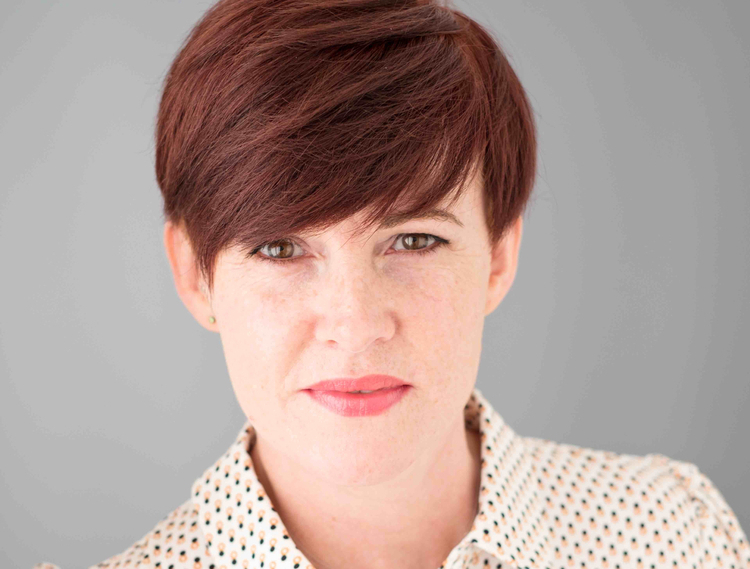
I’m sure International Women’s Day (08 March) means different things to different people. To many women, it will be a platform to redress the gender imbalance in so many areas of our lives.
For me, it’s an opportunity to talk about a subject close to my heart: the need to encourage more young women into STEM subjects. Women are woefully under-represented in science, technology, engineering and mathematics courses and careers.
According to UCAS (Universities and Colleges Admissions Service) data, the female proportion of graduates in core STEM subjects has flatlined at around 26%.
In tech, the figures look even more unrepresentative, according to government data. Of the 300,000 more people working in tech jobs now than in 2009, just 55,000 are female. This means the percentage of tech professionals who are female has remained stuck at roughly one in six.
I’m a female CEO of my own tech company and I’m passionate about providing tech solutions to employers, training providers and learners. I’m also a STEM ambassador who believes that we must do much, much more to attract young women into STEM subjects.
A question might be why? Why is it so important to have a gender balance in technology, for example? Are men stronger in some subjects while women are better in others? In a study of KS4 pupils, only 33% of female pupils considered themselves to be best at a STEM subject compared to 69% of their male classmates.
For me, the need for more young women to enter into STEM careers is not just a question of fairness, or even of challenging an age-old cliche. Perhaps most importantly of all, it’s a question of how we can get the best possible outcomes from science, technology, engineering and mathematics. If the single aim that draws the practitioners of these disciplines together is to make our lives better in some way, then they stand a better chance of doing so with inclusive, equal, diverse professions.
Take technology. I develop tech to help employers manage apprenticeships. About half of apprentices in England are female, but 87% of developers are male. How can we build software solutions that work for females if they are being developed by men and will have gender bias built in?
According to a global software developer survey in 2021, the vast majority of developers are male, accounting for 91.7 percent of all respondents.
But the truth is that women’s voices in tech will always add new and unique perspectives to products and services. One study of more than 100 teams at 21 companies found that teams with equal numbers of men and women were more likely to experiment, be creative and successfully complete tasks.
So, how do we get more young women pursuing fulfilling careers in STEM subjects? I think it’s about inspiring them and providing more female role models. Research by one teaching charity in 2020 found no mention of any women in its Department for Education science content at GCSE level, but 14 mentions of male scientists. So, no Marie Curie and her contributions to science. No Sara Seager, who has found 715 planets in her time working with the Keplar Telescope. No Jane Goodall, the most famous primate scientist in history.
The list is endless. But how can we expect there to be a gender balance in these subjects when young women see only successful men as examples?
Women make great scientists, technologists, engineers and mathematicians. It’s time we started to tell their inspirational stories.
Kerry Linley is CEO of Rubitek, a software developer for managing apprenticeships



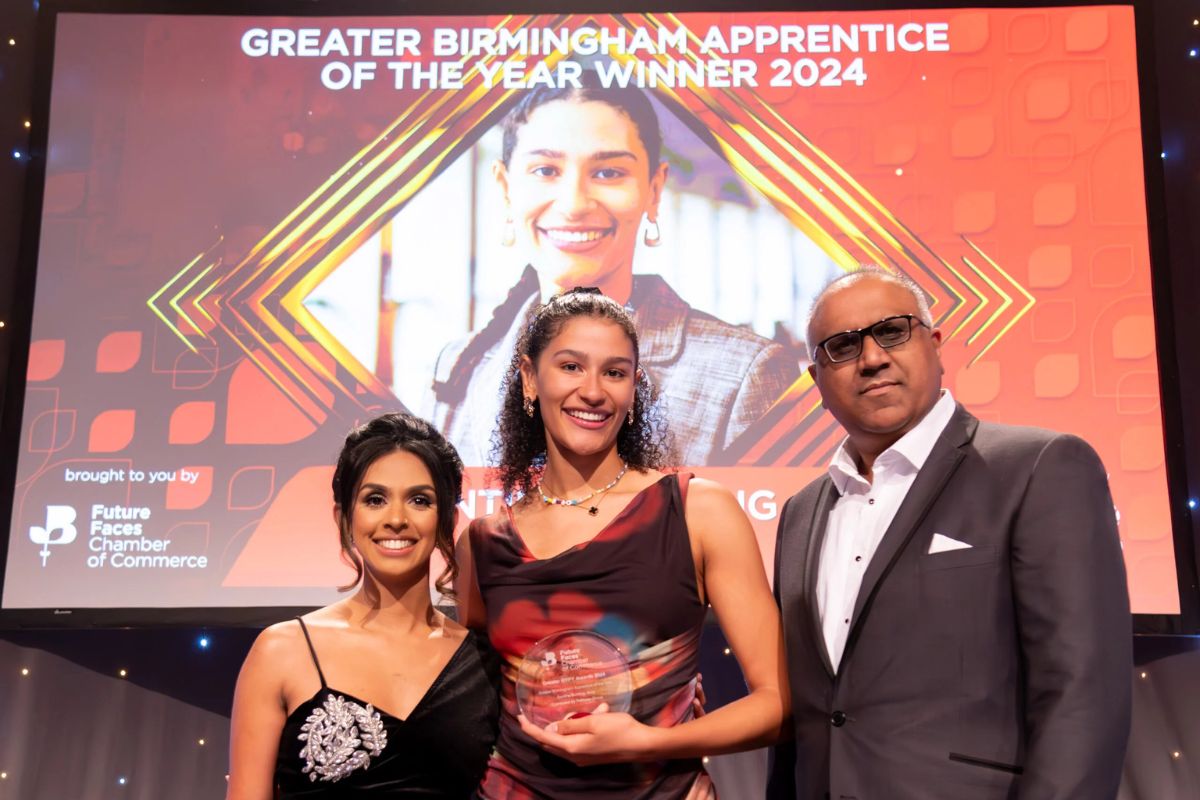
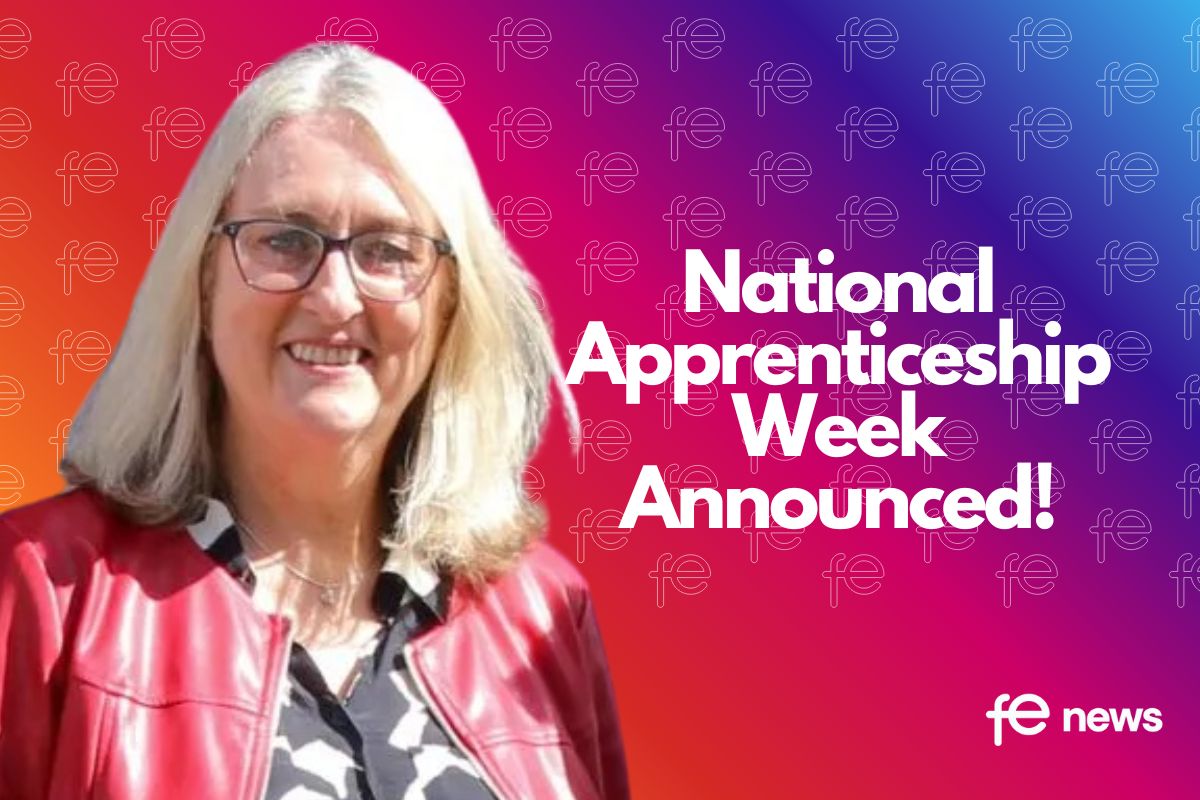
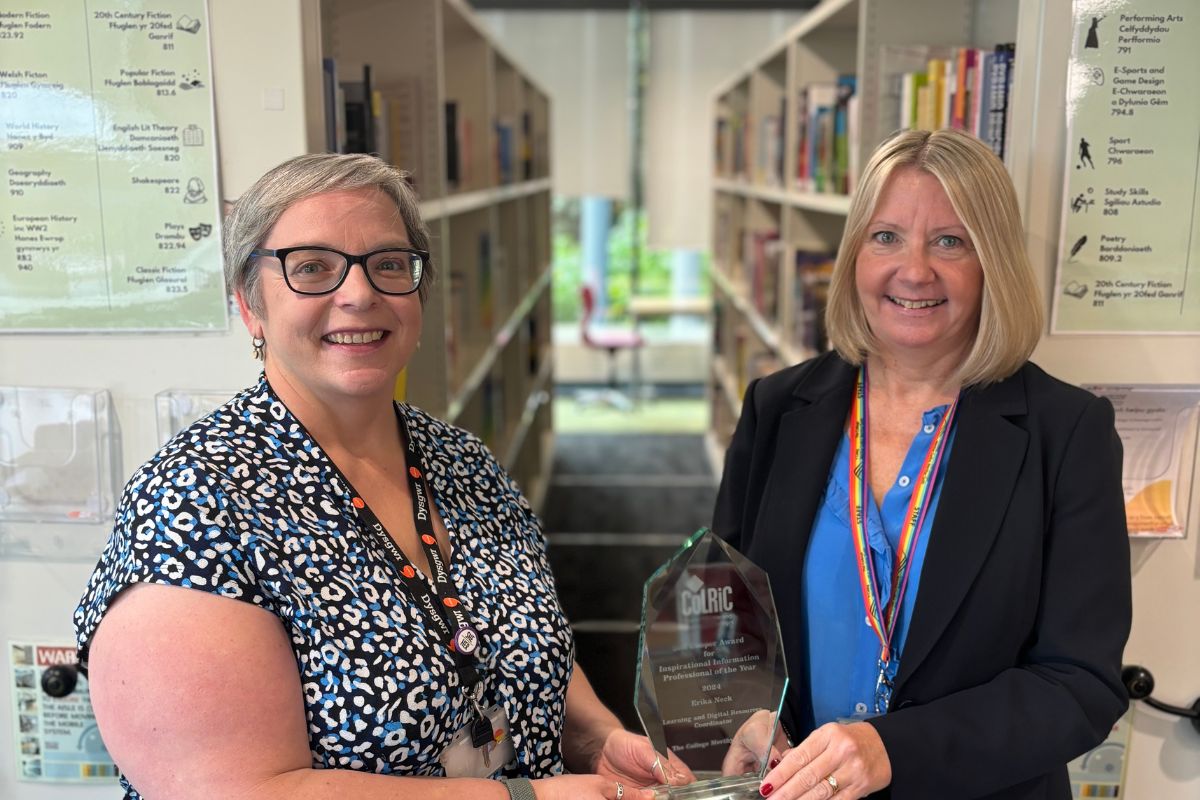
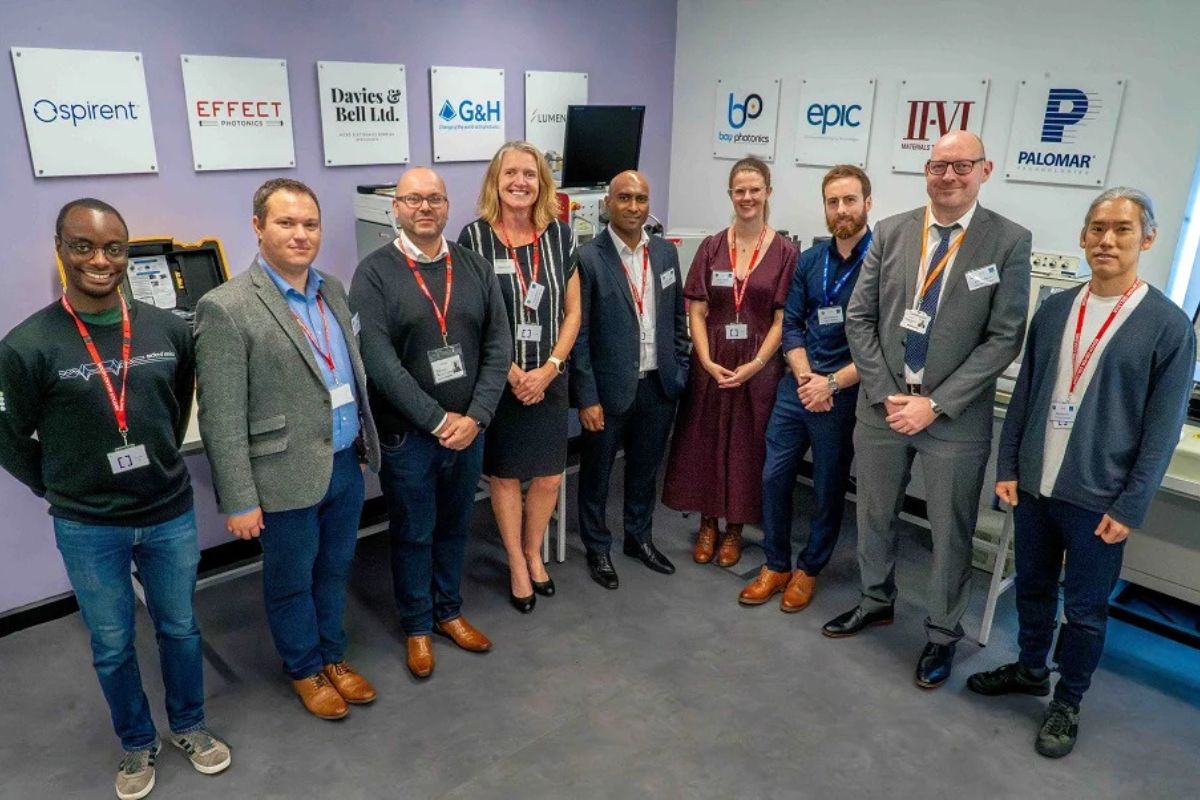

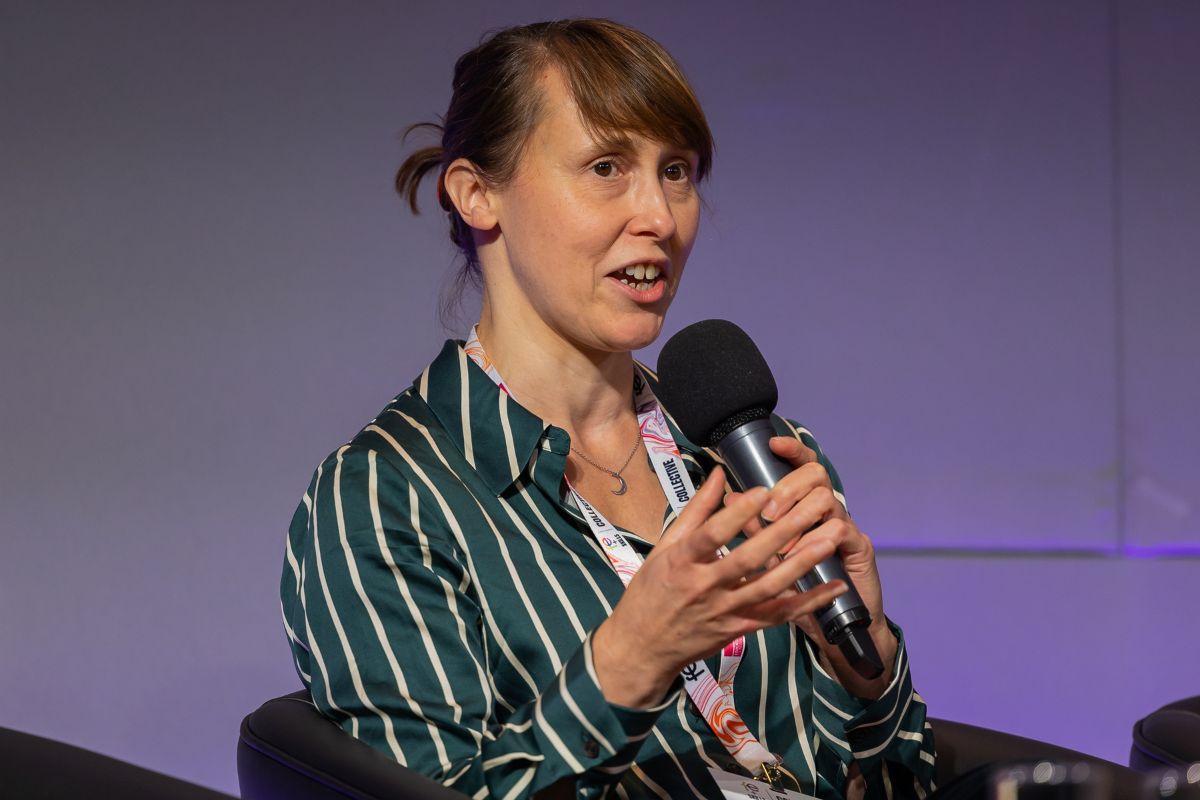


Responses